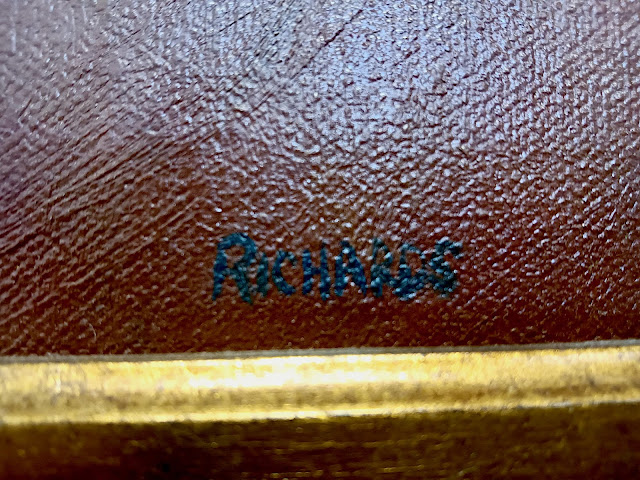The epitome of both Danish modern design and mid-century modern aesthetics, this beautiful vintage rosewood credenza is attributed to the Danish firm of Skovby Møbelfabrik. Danish modern design actually dates back to after WWI, emphasizing function and the beauty of form and natural woods over ornamentation. In the United States, beginning in the 1950s, the elegant simplicity of Danish modern furniture was a perfect fit with the mid-century modern movement, which also promoted the use of natural materials, the elimination of unnecessary embellishment, and an emphasis on craftsmanship and clean, uncluttered silhouettes. The 1960s saw in big boom in the incorporation of Danish modern furniture in American homes, but, by the end of the decade, changes in American consumer tastes and shopping habits resulted in it falling out of favor. However, once again consumers and collectors have come to appreciate the beauty and versatility of Danish modern furniture and vintage pieces as gorgeous as this example are in high demand.
Demonstrating the Danish modern focus on functionality, there are ample storage options. . .















